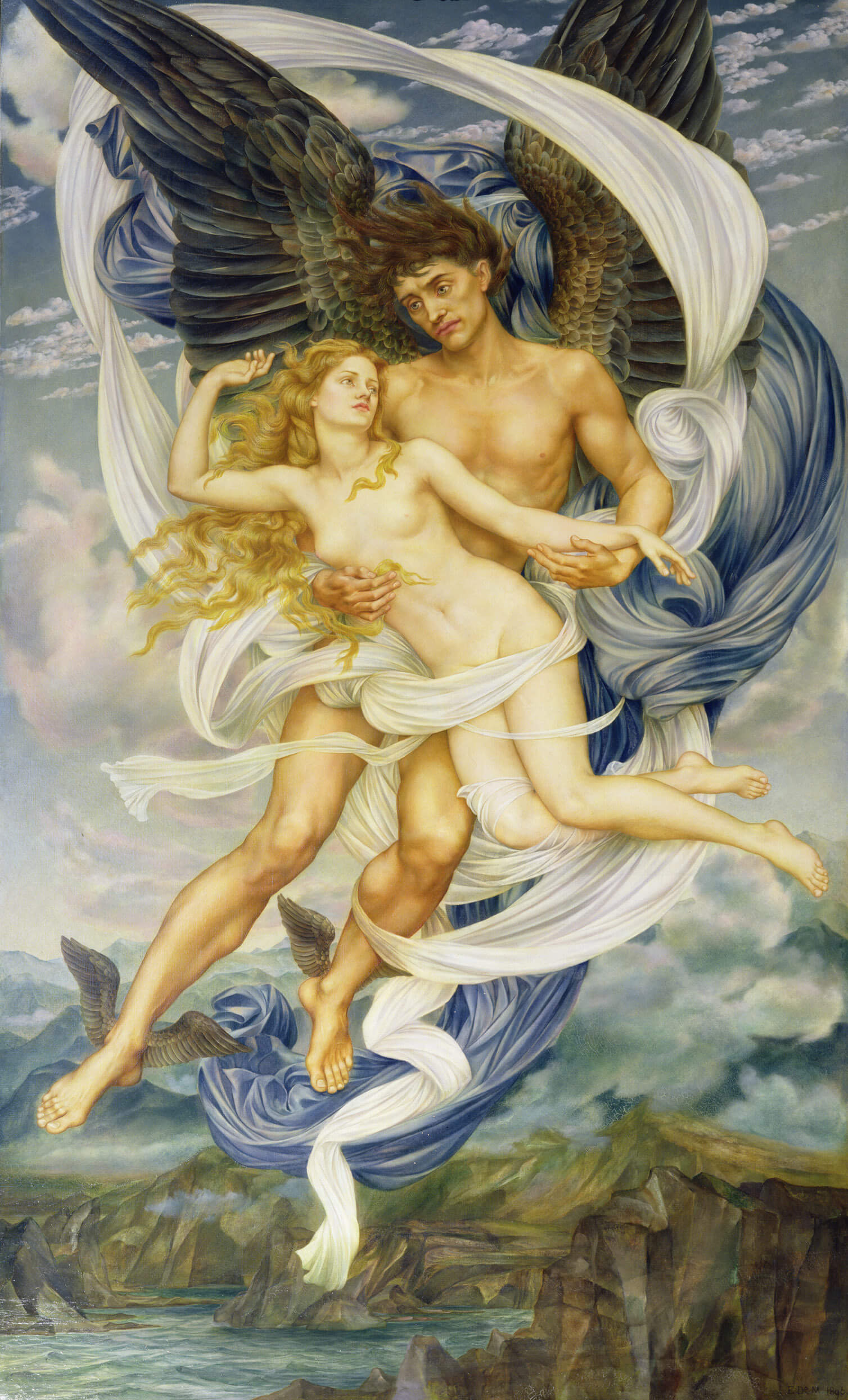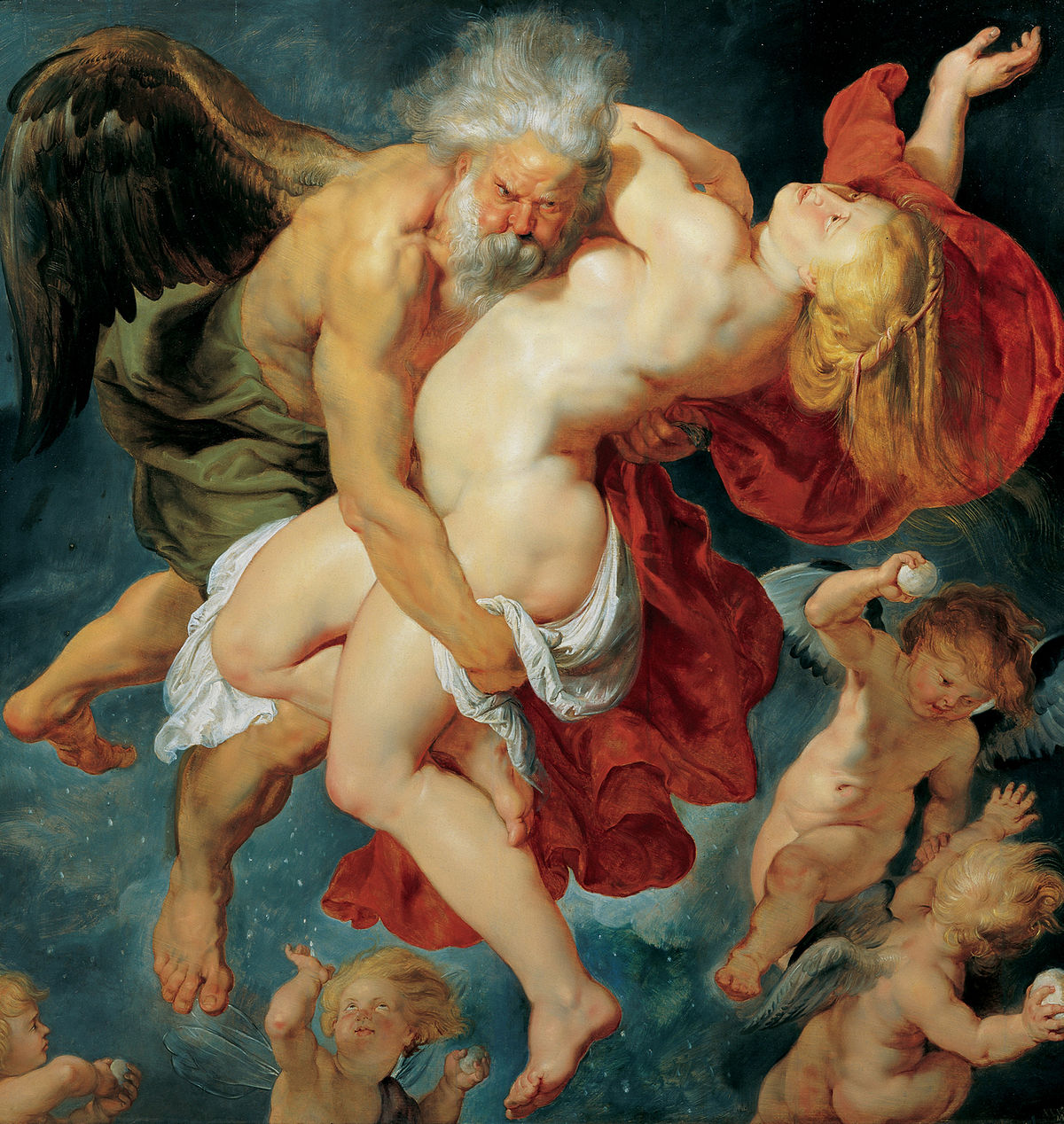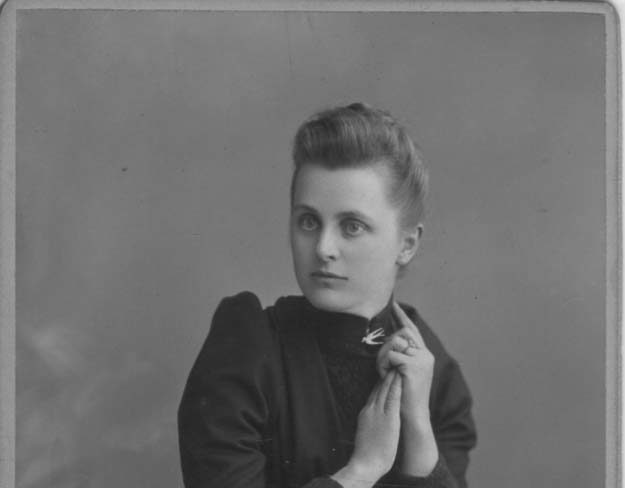This week, we are celebrating Evelyn De Morgan’s drawings. Whilst she is well known as a painter, her beautiful pencil and pastel studies are less well known, but certainly no less beautiful. In fact, many authors have commented on her talent as a draftswomen, often praising them as more accomplished than the oil paintings.
Volunteer Vanessa Cumper has taken a closer look at Evelyn De Morgan’s sketches of her favourite model, Jane Hales.



Another week of lockdown and another challenge from the De Morgan Collection’s curator. This week I, was asked if I could take a closer look at some of the sketches Evelyn De Morgan’s (nee Pickering, 1855 – 1919) made for her painting Boreas and Oreithyia (1896). A beautiful oil painting depicting the story of how Boreas, the Greek God of the North wind carried Oreithyia, an Athenian Princess, away to be become his wife, mother of his found children and ultimately the Greek goddess of the cold mountain winds. In the current exhibition at the Watts Gallery, ‘Decoration or Devotion?’, to the left of Boreas and Oreithyia (1896) can be seen a charming study of the head of Boreas. Flanking the other side of the oil is a compositional study, which to my eye is a tighter composition than the finished painting, which I consider to be looser, with more movement, giving the effect of wind blowing around the two figures.
Oreithyia is normally depicted as a helpless maiden carried off by Boreas, for example, The Rape of Oreithyia by Boreas by Peter Paul Rubens (1620). However, I feel Evelyn’s depiction shows Oreithyia placed centre stage as the leading lady. When viewing this composition my eye is led directly to Oreithyia, with Boreas in the background almost as if he is a secondary character in this story. This may be partly due to the contrast in skin tone, Boreas skin is painted a few shades darker than Oreithyia’s bright milky skin. There are streams of material billowing around the figures, a bright white one around Orethyia with blue around Boreas having the effect of bringing Oreithyia forward and framing her centrally.
Already aware of the Greek tale we know who the characters depicted are, we also know who the artist was, but who were the models? Could they have been completely made up by Evelyn or did she use life models? With the help of the De Morgan Collection curator I was able to discover that the models were real people, Jane Hales, and Alessandro De Marco. Once I saw photographs of both Jane, and Alessandro I found it much easier to spot them in Evelyn and her contemporaries’ works. Through researching these models, I found quite a lot of information on them both, for that reason I have put them in two separate blog posts.

Jane Hales
Evelyn De Morgan was eleven years old and her sister, Wilhelmina Stirling (born Anna Maria Wilhelmina Diana Pickering, 1865-1965) was only one in 1866, when Jane Hales (1851-1926), only 15 at the time, became their live-in nursery maid. Emerging as a favoured muse amongst Pre-Raphaelite artists. She had distinguishable traits, slighter facial features than other models of the time, such as Jane Morris (nee Burden, married William Morris). She also had loose lustrous waves of long hair, seen frequently in Evelyn’s paintings. Both Jane Morris and Jane Hales had similar working-class backgrounds. Jane Morris’s father was a stableman, and Jane Hales father was an agricultural labourer. Both Janes were also lifelong friends with the De Morgans, with Jane Hales buried in the same cemetery, Brookwood, just a few feet away from William and Evelyn De Morgan, showing how highly regarded she was.
Evelyn’s usual process was to work on preparatory sketches for the composition, clothed and full-length nudes and pastel portraits, which were sometimes sold as works of art in their own right. This preparation meant Evelyn’s oil canvases did not need re-working (Squire 2019). Access to nude models was problematic during Evelyn’s lifetime, as women were not allowed to take part in life drawing classes. With a little bullying, having easy access to her sister’s live-in nursery maid, was essential for her studies of the human form, allowing her plenty of time to hone her skills and work on her preparatory sketches in fine detail.
By taking a closer look at Jane Hales, through sketching I hoped it would allow me an insight into why she featured in so many of Evelyn’s works. Unlike Evelyn I was not able to sketch Jane in real life, so the photograph sent to me by the De Morgan’s curator would have to do. Looking closely at the Victorian photograph I was really pleased to see Jane in half profile, as this is probably the easiest viewpoint to draw or paint a portrait. I do not mind admitting I felt intimidated drawing a De Morgan model, because Evelyn was such an amazing draftswoman and an expert at her craft, I was concerned I wouldn’t get anywhere near a true likeness or ability of Evelyn.
![20200511_100503[1]](https://www.demorgan.org.uk/wp-content/uploads/2020/05/20200511_1005031-scaled.jpg)

Taking a deep breath and resolving to put that pressure to the back of mind, I concentrated on the task at hand I carefully sketched out Jane Hales’ portrait, using a combination of 2B and 4B pencils on A3 cartridge paper. I like to start my portraits by roughly sketching out the positions of each section, eyes, nose mouth, width of chin and forehead in relation to each other. Jane’s mouth was just such a pleasure to draw, she has what I would describe as a classical shape, reminiscent of renaissance statues. Her overall face shape is a pleasing oval, another classical trait. I did not find her features particularly slight which was how they had been described in the Dictionary of Artists’ Models, but I was working from a photograph so it is quite possible that in real life she had much finer features. Her hair was the most challenging aspect. The finished portrait is a little tighter than I would have liked, this in part is due to the pressure I put on myself, but overall, I feel I did a reasonable likeness.
Looking closely at Evelyn’s compositional sketch I could instantly see that Evelyn had started Jane’s portrait by concentrating on the tilt of the head to create the required pose. A technique that is still taught is to rough out placement of the facial features using lines across and down the face. Fine detail of features was not evident to me, I felt there was more attention paid to the swathes of material. Drawmet (2013) discusses the far away look in Jane’s eyes, which was part of her appeal to Evelyn, and I can certainly see in the photograph and Evelyn’s depiction of Oreithia.
Jane was wonderful to draw; I feel privileged to have access to such good quality photographs of her and Evelyn’s art. Although I have found much about Jane I cannot help wonder what she must have felt about her own life, from a humble background and sent away to work at a young, I think Jane enjoyed her life. If she had not, she would not have stayed with Wilhelmina her entire life. I feel a whole lot closer to Jane after this small research project, I think she would have admired Evelyn’s painting skill, but I do wonder if in the stifling Victorian age of sensibilities if she would have been daring enough to visit the finished canvas’s when they were on display at the Grosvenor and New Galleries.





